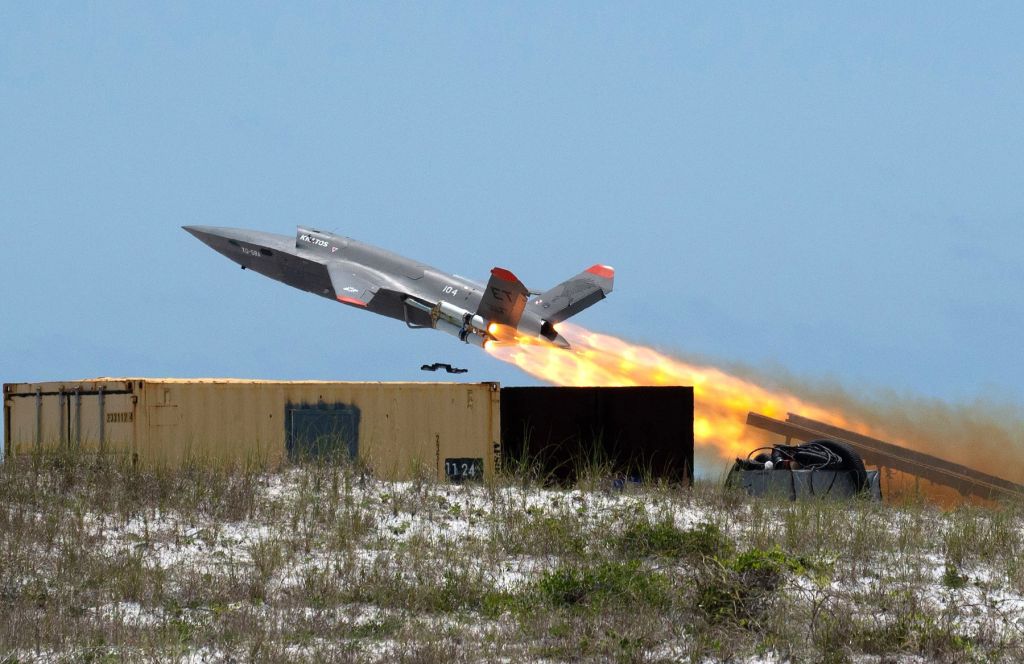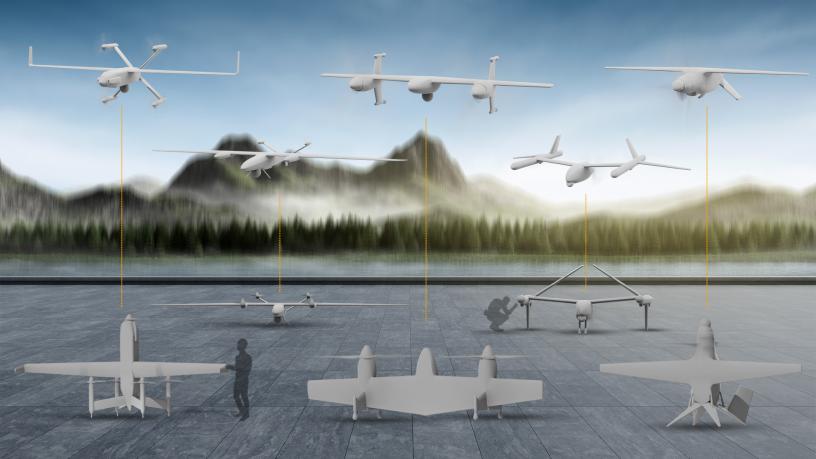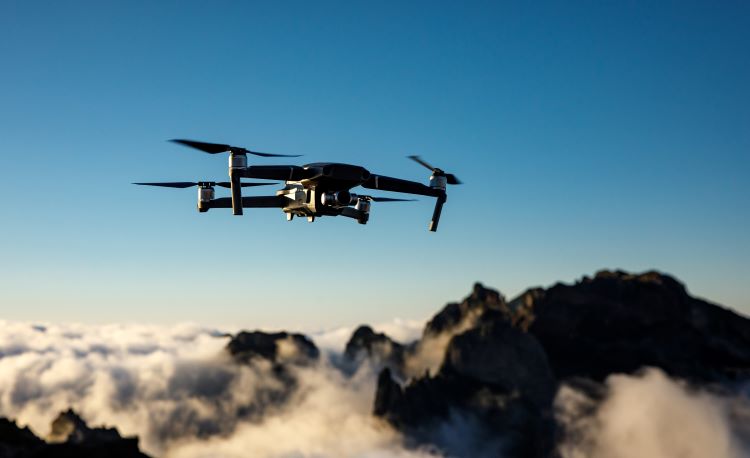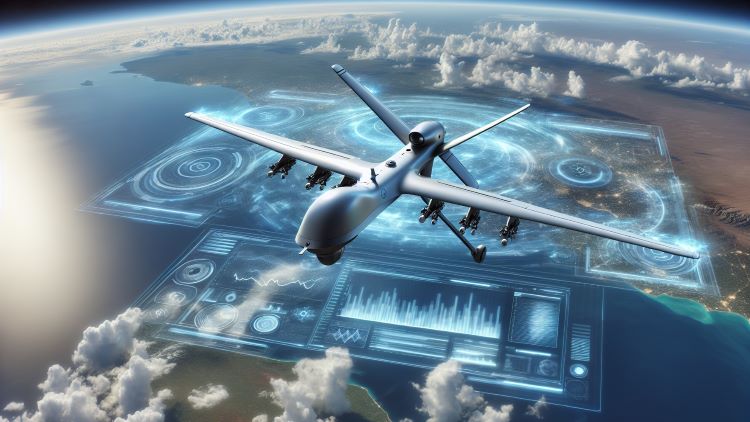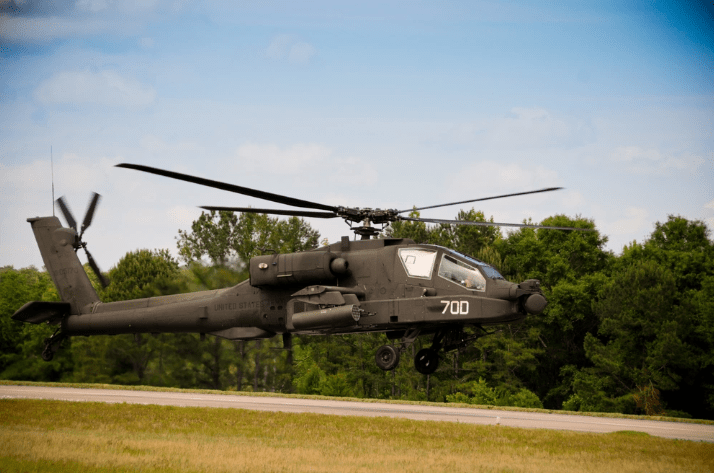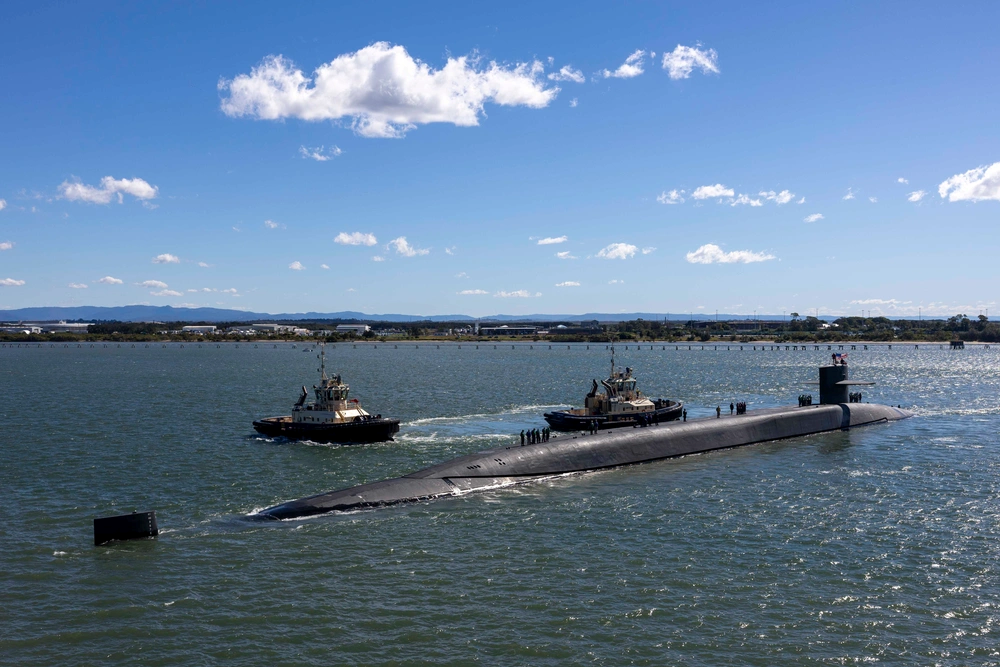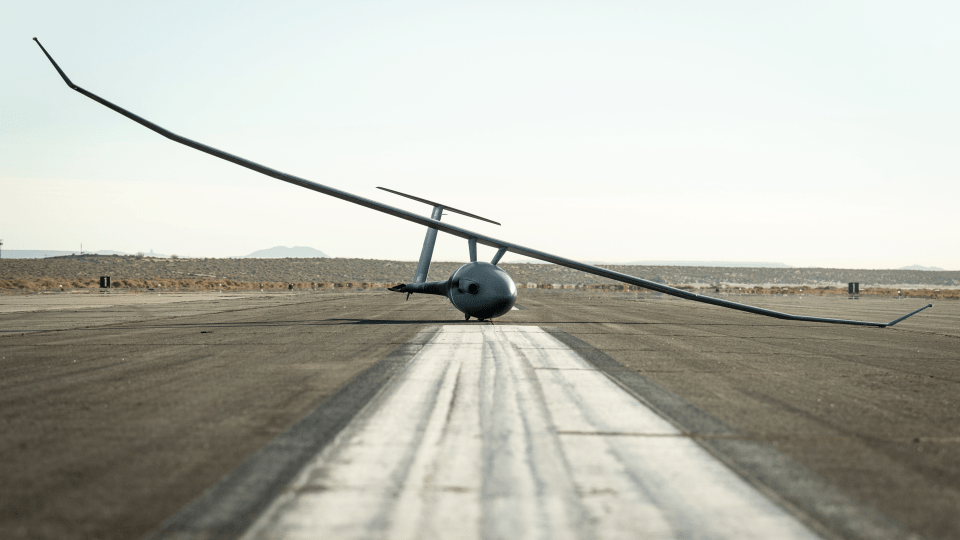What nonlethal and intermediate force capabilities can be integrated into unmanned aerial vehicles (UAVs) and be ready for demonstration by the first quarter of 2026?
What nonlethal and intermediate force capabilities can be integrated into unmanned aerial vehicles (UAVs) and be ready for demonstration by the first quarter of 2026?





